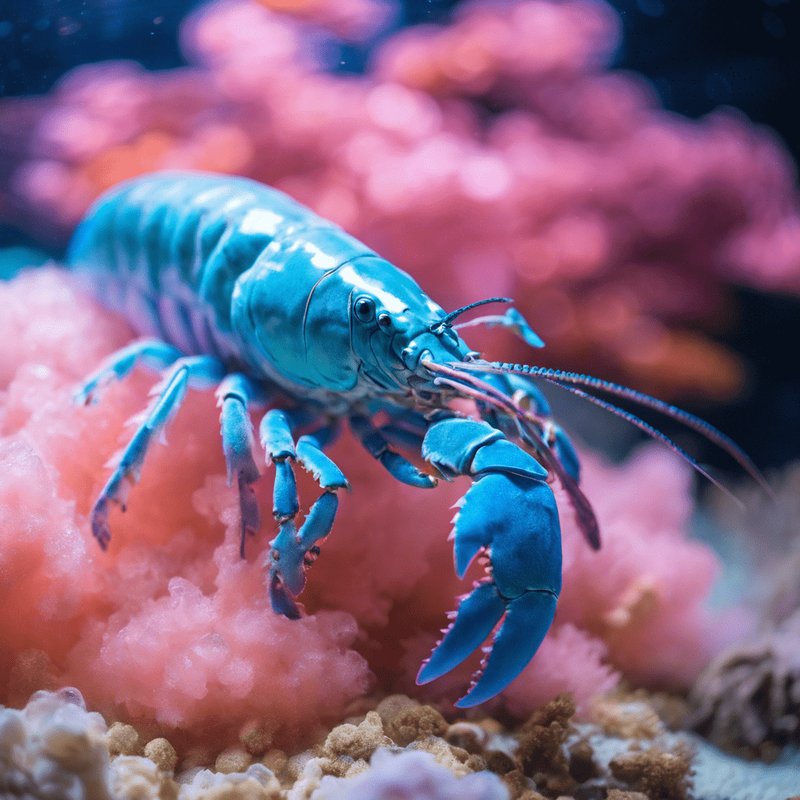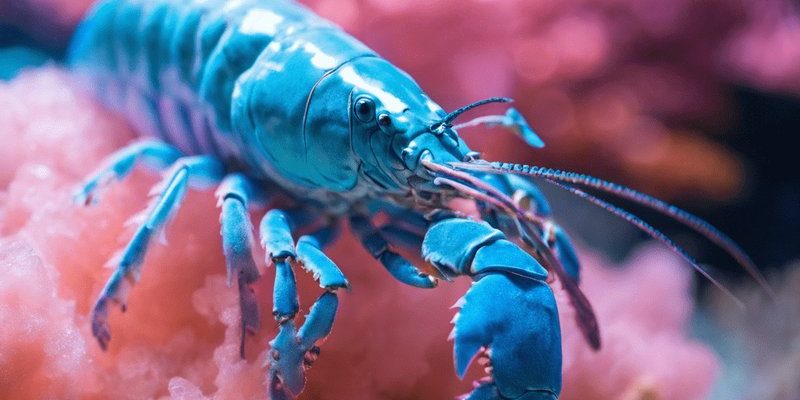
When you think of lobster, do images of savory, butter-dripping meat and fancy dinner plates come to mind? Maybe you picture them basking in the ocean’s depths. But have you ever wondered what the future holds for these crustacean delicacies? Honestly, the question of whether lobsters are endangered is a bit more complicated than it sounds. While they might not be listed as endangered in a strict sense, there are significant concerns surrounding their populations and habitats.
Picture a bustling ocean ecosystem. Lobsters, with their hard shells and delicious meat, play a significant role in that underwater world. However, various factors—from fishing practices to climate change—are putting pressure on these sea creatures. So, let’s dive deeper into the current status of lobsters, how conservation efforts are shaping their future, and what you can do to help.
The Lobster Population: Current Status
To understand if lobsters are endangered, we need to look at their populations. In many areas, particularly in the North Atlantic, lobster populations seem to be thriving. You might hear fishermen say, “There’s still plenty of lobsters out there!” But that’s not the whole story. While some regions report healthy stocks, others are showing signs of decline. Overfishing and habitat destruction are critical issues that can’t be ignored.
For example, the American lobster, primarily found in the waters off New England, has seen fluctuating numbers over the years. In some parts, regulations have helped maintain stable populations. Yet, in regions where fishing pressures are heavy, things are not looking as bright. The key takeaway? It’s a mixed bag—some areas are doing well, and others need attention.
What Causes Lobster Population Declines?
You might wonder, “What’s causing the drop in some lobster populations?” A few factors play a role, and understanding them can help us grasp the bigger picture. One major player is overfishing. When too many lobsters are caught, it disrupts the ecosystem, leading to smaller populations. Imagine a garden where you’re pulling out the flowers faster than they can grow back. The result is a bare patch where nothing can thrive.
Then there’s climate change. Rising ocean temperatures and changing water chemistry can impact lobster habitats. Warmer waters may drive lobsters to deeper, cooler areas, making them harder to catch and putting pressure on fishermen. Not to mention, altered currents can disrupt their breeding grounds. Like a pizza that’s taken out of the oven too early, it can affect the final product—in this case, the health of lobster populations.
Conservation Efforts for Lobsters
So, what’s being done to protect lobsters? Thankfully, there are various conservation initiatives in place aimed at sustainable fishing and habitat preservation. Many regions have implemented fishing quotas, which limit the number of lobsters that can be caught each season. This approach allows populations to replenish over time. It’s like giving the flowers in that garden a chance to bloom again.
Some organizations are also working to restore habitats. Healthy seafloor ecosystems provide essential breeding grounds for lobsters. By protecting these areas, we help ensure that lobster populations can thrive. This may involve creating marine protected areas (MPAs) where fishing is restricted or banned altogether.
The Role of Fishermen in Conservation
Believe it or not, fishermen can be key allies in lobster conservation efforts. Many actively participate in sustainable fishing practices. They might use traps that minimize bycatch, ensuring other marine creatures aren’t harmed during the process. By taking a proactive approach, these fishermen can help manage the lobster populations responsibly, ensuring both their livelihoods and the health of the ocean.
Additionally, initiatives that promote eco-friendly lobster farming are gaining traction. These farms can take pressure off wild populations, offering a sustainable source of this beloved seafood. Think of it like growing vegetables in your backyard instead of plucking them from the wild—controlled, responsible, and more eco-conscious.
How You Can Help Lobster Conservation
You might be thinking, “What can I do to help?” There are plenty of ways to get involved in lobster conservation, even if you’re just an everyday consumer. One simple action is to choose lobster from sustainable sources. Look for seafood certifications that indicate responsible fishing practices. It’s like checking the label before buying a healthy snack—you want to know where your food comes from.
Another way to support these efforts is through education and advocacy. Share what you learn about lobster conservation with your friends and family. The more people talk about it, the more awareness builds around the issues at hand. Additionally, consider supporting local marine conservation organizations. Every little contribution can help bolster these important initiatives.
So, are lobsters endangered? Not in the traditional sense, but they face numerous challenges that could jeopardize their populations if we’re not careful. By understanding the current state of lobsters, their threats, and the conservation efforts in place, we can all play a part in ensuring their future.
Whether you enjoy them at a nice restaurant or have fond memories of catching them at the beach, the wellbeing of lobsters is connected to the health of our oceans. As we move forward, let’s remember that our choices can have a lasting impact on these fascinating creatures and the ecosystems they inhabit. Together, we can help ensure that lobsters continue to thrive for generations to come.

